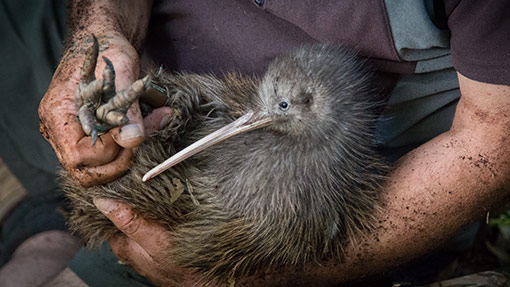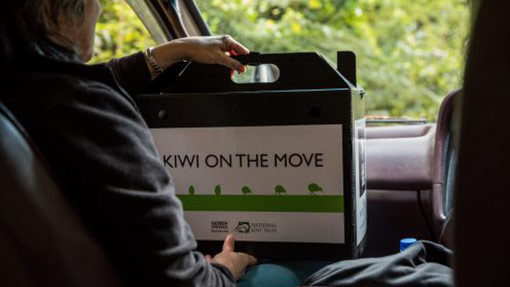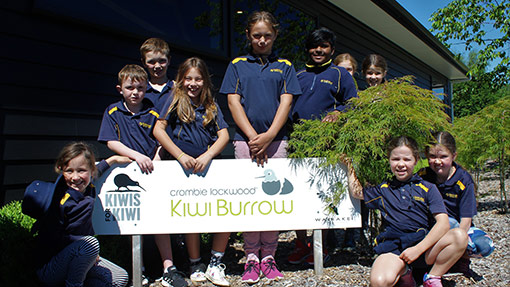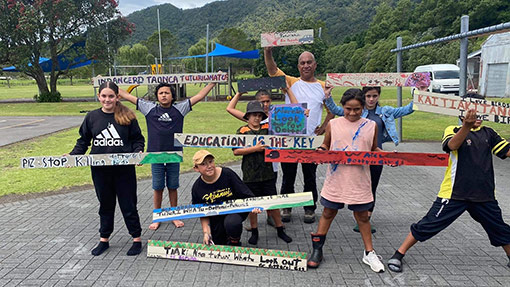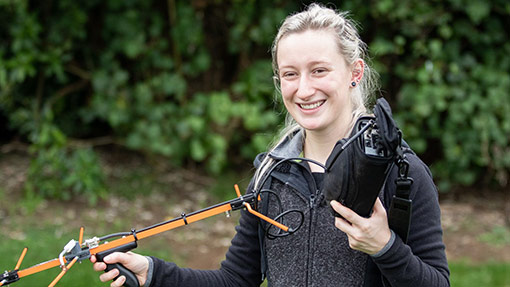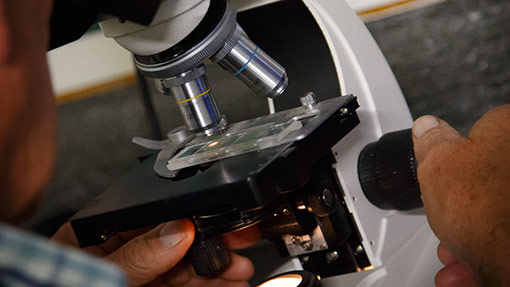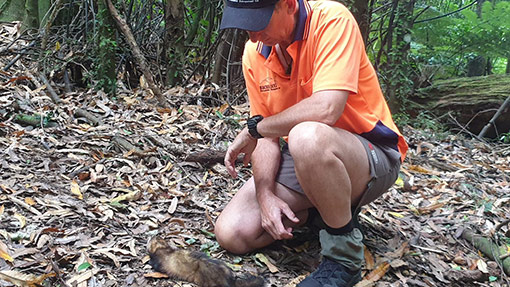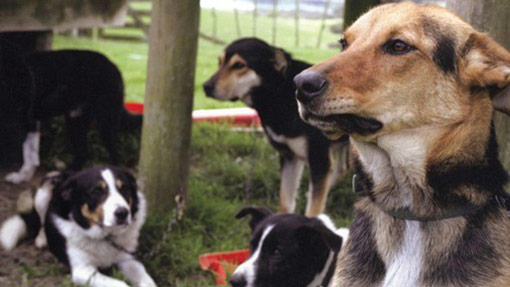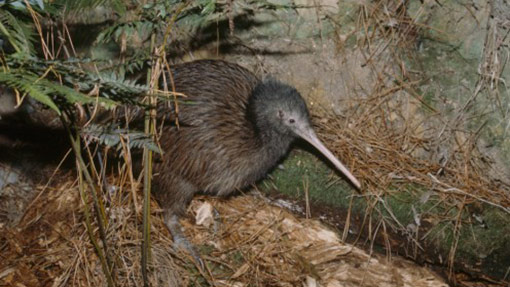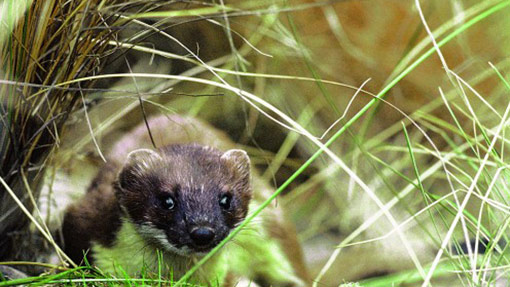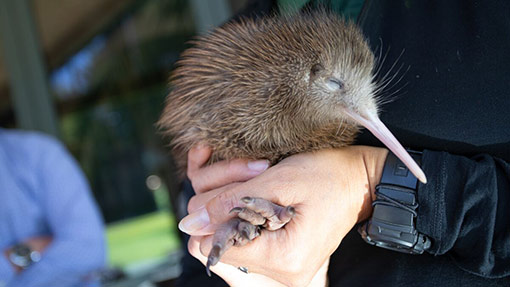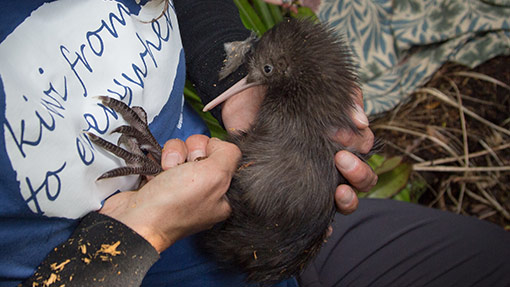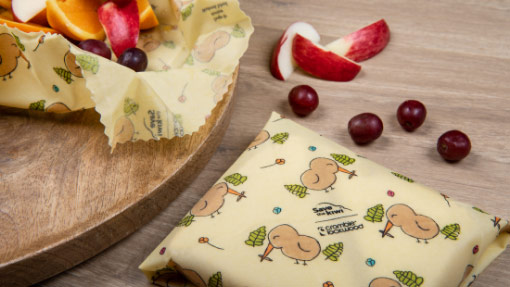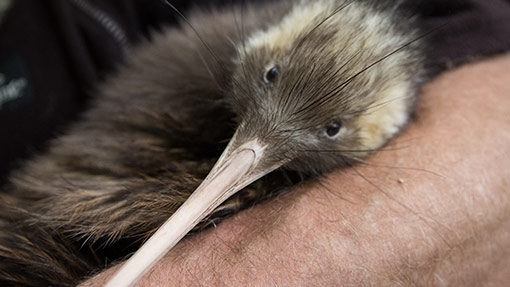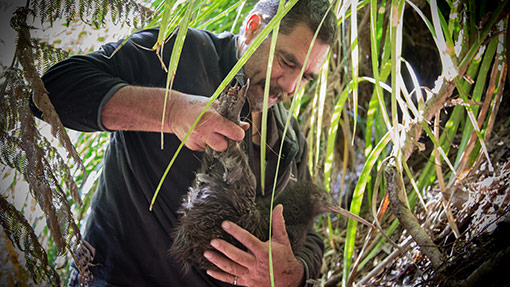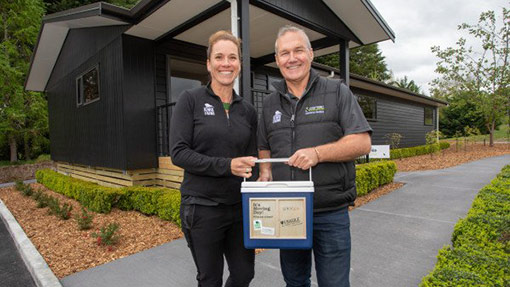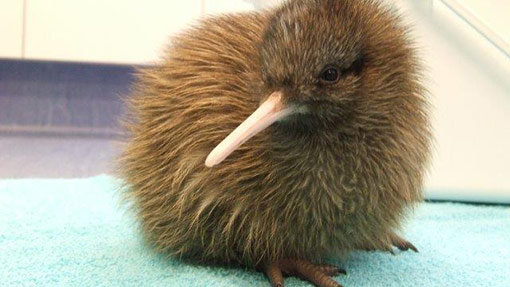Project Kiwi Trust is a kiwi conservation project operating on the Kuaotunu Peninsula, near Whitianga on the Coromandel Peninsula. Project Kiwi was the first community-based project in New Zealand to protect kiwi and has sustained its effort for 25 years.
Omataroa occupies a 7,777 ha area consisting of approximately 7100 ha of exotic production forest, and a further 546 hectares of indigenous forest. It is Maori Trust land with 7000 shareholders. Funding is to support trapping programme.
All kiwi in human care a fed a maintenence diet developed in 2013 and altered variously across institutions over the past 10yrs.This project aims to address concerns that have been raised recently regarding current levels of calcium and phosphorus and how variation in these might affect the health of kiwi across all life stage especially chicks and breeding adults.
The Kaipara Forest Conservation Trust was set up to control pest species in native forests within the Kaipara District. This funding is to support trapping programme.
An intense pest control programe in the Motatau Reserve using DOC200 & DOC250 predator traps throughout their 500 hectare reserve with a goal of restoring the land to once again flourish and fill the ngāhere. The aim is to further reduce possums, rats and mustelids and increase the abundance of native bird species.
Kaitiaki Kiwi Waipoua runs 700 predator traps over a network covering 6000ha of Waipoua Forest and surrounding kiwi habitat and is comprised of Iwi, DOC, the Native Forest Restoration Trust, the Waipoua Forest Trust and community members. The funding is to increase kiwi numbers inside this trapping network.
The Rotoiti Nature Recovery Project is a 5000ha mainland island in Nelson Lakes National Park. This funding is to support more intensive territory mapping methods as there is currently a limited understanding of roroa terrtory size in this area.
Pomona Island is a kohanga site for the Nationally Vulnerable Haast tokoeka and this funding is to protect the island and its kiwi through intensive pest control and monitoring.
East Taranaki Environment Trust aims to work towards a long term vision of 1,000 pairs by 2020. Their landscape size project has 13,000 hectares under predator control, with a network of 1300 DOC-200 traps.
Located at the edge of the Matemateonga range, Eastern Taranaki, in the two bush blocks at the head of this valley are kiwi birds. They are active in pest management alongside the Taranaki Kiwi Trust.
Whenuakite Kiwi Care Group has been operating since the year 2000 on 2600 ha of private land and 930 ha of Public Conservation land. Undertaking predator control targeting all introduced predators. The funding is to support predator control initiatives
Thames Coast Kiwi Care works in partnership with private land owners and DOC to oversee an extensive trapping program targeting mustelids for kiwi protection along the Thames Coast and inwards towards the central Coromandel range. The funding is to support predator control initiatives
The core area of the project includes two Significant Natural Areas ranking of national importance by the Waikato Regional Council. A predator control contractor services 250 stoat traps and 80 bait stations in the area plus maintains the tracks covering a trapping footprint of over 3,000 hectares of steep regenerating and mature native forest. The funding is to support predator control.
Moehau Environment Group undertakes landscape-scale mustelid trapping in 9,910ha of kiwi habitat, primarily on private land. The funding is to support predator control initiatives.
Mahakirau Forest Estate (MFE) is an Internationally Significant Natural Area strategically located near the IUCN I rated Manaia Forest Sanctuary. It is home to several species of highly threatened fauna including internationally identified conservation priorities including Archey's frog; the newly discovered Coromandel Striped gecko; and the almost extinct Helm's butterfly. The funding is to support predator control initiatives.
Maunga Putauaki is managed for ecological protection and restoration through a jointly funded Environmental Programme delivered by Bay of Plenty Regional Council. The maunga Putauaki Predator control plan supports the ecological restoration kaupapa by developing a predator control programme funded by Nga Maunga Kaitiaki Trust. The funding is to support predator control initiatives.
The Maungataniwha Kiwi Project commenced in 2006. It has produced over 320 juvenile kiwi for release. Currently over 200 of these have been returned to the Maungataniwha Native Forest. Pair numbers have risen from 60-65 pair to around 120 pair. The funding is to support Operation Nest Egg.
The Whakatāne Kiwi Trust was set up in 2006 as a charitable trust to promote and protect kiwi in the Whakatāne area. Whakatāne Kiwi Trust is one of the partners in the Whakatāne Kiwi Project, alongside the Department of Conservation, the Bay of Plenty Regional Council, the Whakatāne District Council and Te Rūnanga o Ngāti Awa. We aim to promote the protection of kiwi and other indigenous species in the Whakatāne area, through advocacy, education and fundraising. This funding is to support this advocacy.
The funding is to support research.
This funding is to assist Shakespear Open Sanctuary Society Inc with their translocations.
The funding is to support research.
With more than 10yrs of trapping, Hupara District Landcare Group Incorporated (HDLG) is considered a priority area in Northland working towards linking several pest control areas together. This funidng will be used to further support their trapping and predator control program.
This funding is to assist with predator control.
This funding is to assist with predator control.
A sanctuary in the heart of the Whangarei Harbour. The island has been the focus of restoration efforts since 1989, with a mission to restore Matakohe to a functioning coastal broadleaf forest ecosystem. This funding is to assist with their kiwi monitoring
Based in the Department of Conservation Scenic Reserve at Whangaruru North Head, this site is custom-made for a true ‘kiwi’ experience. Sixty-three archaeological sites are recorded in the reserve, ten of which are pā while the rest are either undefended terrace sites or middens. These provide a valuable historical context to the landscape. Whangaruru North Head is also significant as the site of the first permanent European settlement on the Whangaruru Harbour and has a long history of industry such as logging, fishing and whaling. This funding is to assist with their predator control.
Te Ranga is a 675 ha farm in the Far North neatly positioned between the pest controlled areas of Pamu Takakuri, Otangaroa and Omahuta forest. This funding is for predator control.
Te Puke Ki Waitangi Taonga Kaitiaki Trust aims to coordinate all efforts to help kiwis within our area of action and to provide a vehicle for funding and economic and social development. This funding is to support their predator control initiatives.
Taupo Bay Land and Coastal group started in Nov 2017. The group started because Taupo Bay has a remnant population of Kiwi and also nesting Dotterels . There was no control of cats and stoats in this area prior to 2017. This funding is to support their predator control initiatives.
Community led pest control and kiwi care supporting groups in the Mid North from the eastern Hokianga to the Bay of Islands. This funding is to assist with their predator control.
The location of the project is the Bay of Islands, Waimate North and Upper Waitangi River Catchment, between Kaikohe and Kerikeri, bounded by State Highway 1, Wiroa Road, State Highway 10 and Old Bay Road - circa 9000 ha. The area comprises pastoral land, exotic forestry, shrubland, indigenous forest remnants, and streams and adjacent wetlands. Several threatened species are in the area including, North Island Brown Kiwi, Kereru (New Zealand Pigeon) and Kauri Snail. This funding is to support their trapping programme.
MRHLG is a registered charity manages 1133.22 ha of private & public land in 3 Scenic Reserves. The goals of the group are 1)to restore, protect and enhance the habitat of native birds (especially Kiwi & Kukupa), plants & animals through control/elimination of predatory & introduced plants & animals 2) to raise community awareness & enlist their help in sustainable management of the land & rare and endangered species.This funding is to support their predator control work.
SIRCET controls rats, cats, possums and weeds, monitors pests and native species (including Rakiura tokoeka) over a 210ha area around the township of Oban, Stewart Island. Kiwi occur naturally within our project area. This funding is to support further monitoring.
Taranaki Kiwi Trust is a charitable trust working across Taranaki to protect Western Brown Kiwi in the wild. Kiwi are New Zealand’s iconic national bird, yet they are considered nationally vulnerable and without help they are likely to be extinct in the wild within two generations. Community involvement and engagement is an essential component for kiwi conservation, and this is a focus of the Taranaki Kiwi Trust (TKT). We work across public and private land to protect kiwi. This funding is to support their administration costs.
The Remutaka Conservation Trust Kiwi Project is committed to establishing a viable, self-sustaining kiwi population. This funding is to assist with predator control.
Rotokare and Taranaki Kiwi Trust (TKT) are partnered in an exciting kiwi project called Taranaki Kōhanga Kiwi at Rotokare (TKKR). A kōhanga is a nursery and breeding site, in this case a protected area where kiwi can breed in abundance without interference of introduced predators. This funding is to support their translocation costs.
